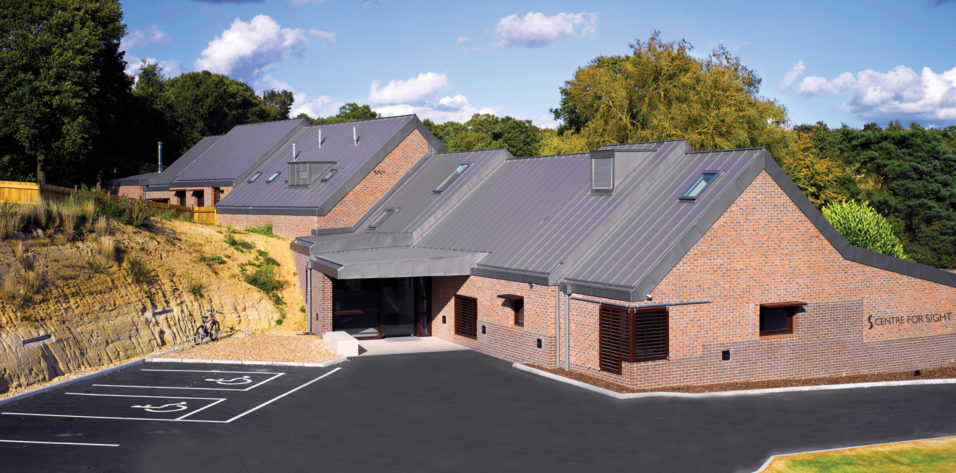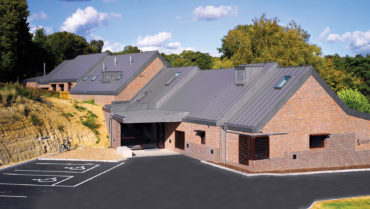In the United Kingdom, ophthalmologists typically work in the National Health Service (NHS). If they have private practices, they are supplementary endeavors that are carried out on a limited, part-time basis. Earnings from the private practice complement—and in many cases exceed—those from the NHS.
Sheraz M. Daya, MD, FACP, FACS, FRCS(Ed), FRCOphth, made the most of that paradigm, and the result is his private practice, the Centre for Sight, a vibrant cornea, laser, and refractive cataract practice that has grown from a seed of possibility into a multibranch practice that reaches beyond the bustling streets of London to the counties of Surrey and West Sussex.
In 1994, Dr. Daya was appointed director of the Corneoplastic Unit and Eye Bank, a corneal transplant unit, of Queen Victoria Hospital in East Grinstead. He accepted the appointment, emigrated from the United States to the United Kingdom, and, like many of his new UK colleagues, commenced private practice while simultaneously fulfilling his NHS commitment. He opened an office on Harley Street, an area in London known for its high-end medical practices, and began contemplating possibilities for growth.
“As a refractive surgeon, with the ability to use a lot of technology that was not yet available in the United States, I seized the opportunity and was among the first in the United Kingdom to perform LASIK,” recalled Dr. Daya. “I worked at a commercial surgery center that sadly had no clue about dealing with patients or physicians, and this shortcoming prompted me to buy a laser and start a surgical center within the NHS hospital.”
Two years later, he took things a step further when he incorporated his practice as Centre for Sight. “We did our first surgical cases on April 3, 1997,” Dr. Daya said, “the day I met Marcela Espinosa-Lagana, MD (Figure 1), the woman who would become my wife and practice partner (see Of Love & Lasers). Our practice grew rapidly, and by 2001 we decided we should think about moving to a bigger, standalone facility.” The challenge was finding premises designated for health care.
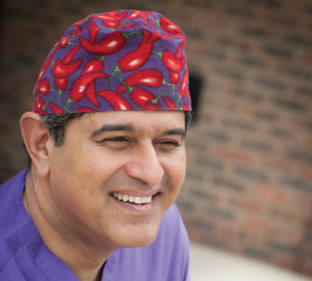
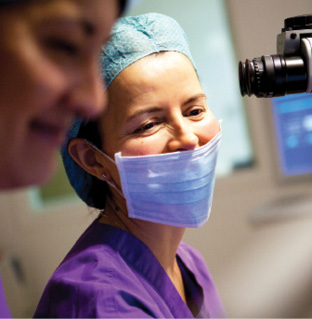
Figure 1. Sheraz M. Daya, MD, FACP, FRCS, FRCS(Ed), FRCOphth (top); and Marcela Espinosa-Lagana, MD (bottom).
“It took 5 years,” Dr. Daya explained, “but we eventually managed to buy some farmland on the outskirts of East Grinstead, not too far from Gatwick Airport. After a protracted battle with local planners, we obtained planning permission to build a clinic and surgical center there, which finally opened in 2009 (Figure 2). In 2007, we had also bought a building on the high street of our village (Figure 3), and between struggles once again with planners as well as with contractors, we were a bit delayed and opened in 2011.” The end result is three facilities: two clinical and surgery centers and a satellite office in London (Figure 4).
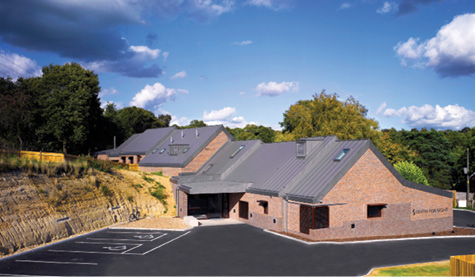
Figure 2. East Grinstead location, Centre for Sight.
Dr. Daya discussed with CRST the evolution and the strengths of what he terms “a bespoke practice,” meaning that it is a one-of-a-kind operation that provides each patient with customized care. An edited version of his remarks follows.
CRST: How would you describe Centre for Sight?
Sheraz M. Daya, MD, FACP, FACS, FRCS(Ed), FRCOphth: Our business model and the type of care we provide are unique in that they are completely integrated and owned and run by ophthalmologists. We practice mainly cornea, cataract, and refractive surgery, including laser eye surgery, phakic implants, and refractive lens exchange (RLE). Recently we added medical retina and laser vitreolysis, and we are currently commissioning retinal surgery. We are proud in that we believe we perform surgery to an exceptionally high standard, with uncompromising use of diagnostic technology to evaluate patients through to the actual procedure, and we provide patients with a phenomenal experience.
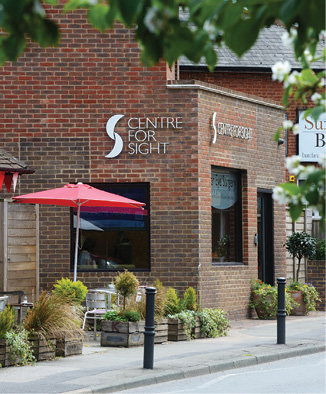
Figure 3. Oxshott location, Centre for Sight.
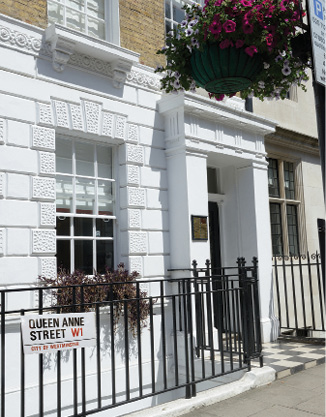
Figure 4. London location, Centre for Sight.
CRST: What role does technology investment play in your practice?
Dr. Daya: We have no hesitation in introducing new technology, and we are often the first to do so (Figure 5). For example, we invested in the IntraLase (now Johnson & Johnson Vision) femtosecond laser for LASIK in 2004 and a second femtosecond laser, the »Victus (Bausch + Lomb), for cataract surgery in 2012. We also introduced trifocal lenses in early 2011, which completely transformed refractive cataract and lens surgery in our practice—to the point where now more than 95% of patients receive trifocals (including a 94-year-old optometrist last year).
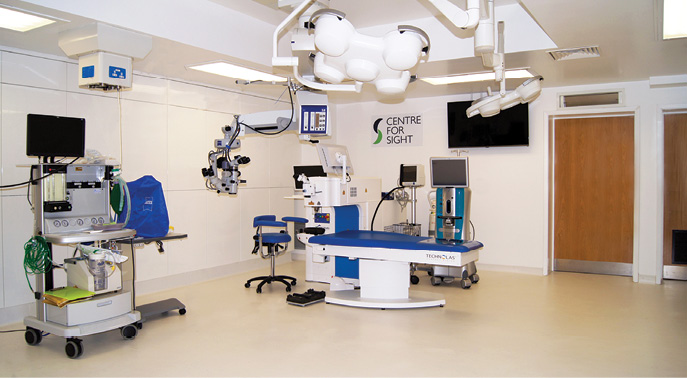
Figure 5. Centre for Sight technology.
CRST: What is it about the trifocal lenses that you find most appealing, and are there other IOLs that you like to use that US surgeons are missing out on?
Dr. Daya: Trifocal lenses are in many ways the ultimate in terms of providing patients with spectacle independence and a full range of focus following cataract surgery or RLE. I use both the »FineVision (PhysIOL) and AT LISA tri (Carl Zeiss Meditec) and have been doing so for the past 7 years. Patient outcomes are very good, and their reactions are similar to the wow effect after LASIK.
Other lenses also supplement our practice. For instance, toric phakic IOLs have been available in the United Kingdom for more than a decade and are used in an increasing number of patients who have high astigmatism. Also, the Sulcoflex Pseudophakic Supplementary IOLs (Rayner) can be placed in the sulcus of pseudophakic eyes to rapidly correct residual refractive error following RLE. These IOLs are an excellent alternative to PRK and LASIK.
CRST: Why does Centre for Sight perform laser cataract surgery exclusively?
Dr. Daya: When we introduced the Victus Femtosecond Laser platform to our practice, we decided at the outset that we would perform laser lens surgery on all patients undergoing cataract surgery or RLE. We did not know if the laser procedure was going to be better than the standard approach, but standardizing variables suggested that it would reduce the bandwidth of error. We also felt that, as a premium private provider with a premium lens implant rate greater than 95%, we could not rationalize or justify differentiating surgery options based on upselling the laser. Our goals have always been to provide the best possible outcomes to patients and to do whatever it takes to provide good vision and depth of focus. Two of the benefits we have found with the laser are reduced enhancement rates—from 3% to less than 1%—and a reduction in some associated surgical side effects, including a dramatic reduction in clinically significant cystoid macular edema (CME). We used to have a case of CME, often bilateral, every 6 to 8 weeks, and now we hardly ever see CME.
Another noteworthy benefit of being a 100% laser cataract practice is that we became more profitable. In the year we adopted the technology, surgical volume increased by 15%, and profit increased by 10%. The break-even point based on current pricing is about 400 cases per year per laser, with a price increase of £450 (roughly US$600) per lens surgery case.
CRST: Patients are increasingly savvy about medical care, but they are also increasingly demanding. What is Centre for Sight’s solution?
Dr. Daya: Our practice’s success has basically resulted from setting high standards and exceeding patient expectations, both in terms of outcomes and experience (Figure 6). Word-of-mouth has been our greatest source of referral. We do use social media and other online avenues, and social media are very useful in terms of branding and awareness. Although this is absolutely necessary in this age, despite a high number of inquiries, social media platforms do not have a major influence in terms of bringing patients through the door.
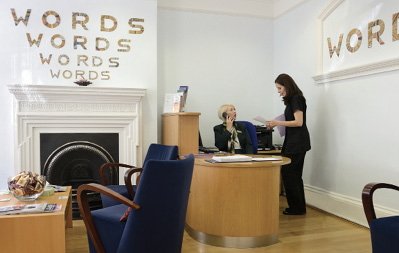
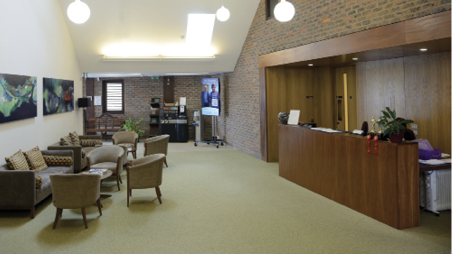
Figure 6. London reception area (top). East Grinstead reception area (bottom).
What has contributed considerably to our practice’s success is our staff (Figure 7), who have bought into the values and ethos of the practice and who, I believe, share in the practice’s success. Good leadership, beyond the physician-owners, is vital, and we have an excellent operational director, along with a team of individuals skillfully managing various areas of the practice. We are also ISO 9001 and ISO 14001 certified, and we recently acquired silver status from the UK accreditation firm Investors in People. It is wonderful to have external accreditation indicating that we function at a high end. The UK Care Quality Commission, an authorizing body that regulates hospitals and clinics, also rated us outstanding in terms of leadership.
PHYSICIAN-OWNERS: MIND YOUR BUSINESS

Figure 7. Centre for Sight staff.
CRST: What challenges has the practice successfully surmounted, and how?
Dr. Daya: Maintaining patient volumes is challenging and takes considerable effort on many fronts, from marketing and fielding inquiries through to high-performance consultation and surgery. Laser refractive surgery here in the United Kingdom—as in so many areas of the world—has taken a tumble for a host of reasons. Fortunately, the demographic changes in the population, along with the availability of good multifocal lenses, has in many ways saved independent refractive surgical practice. More than two-thirds of our business is refractive cataract or lens surgery. Phakic lenses such as the Visian ICL (STAAR Surgical) are also a growing segment of our practice.

